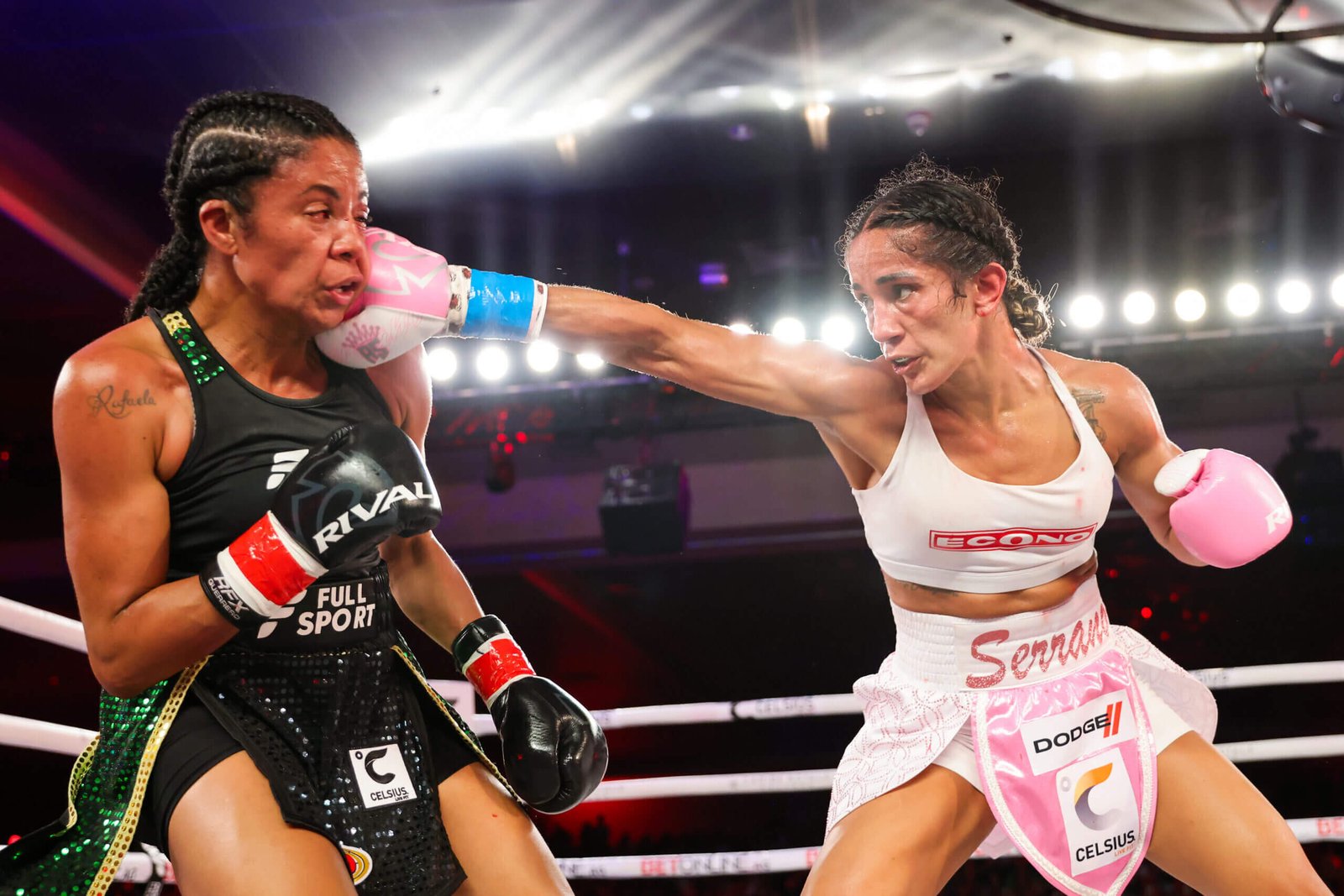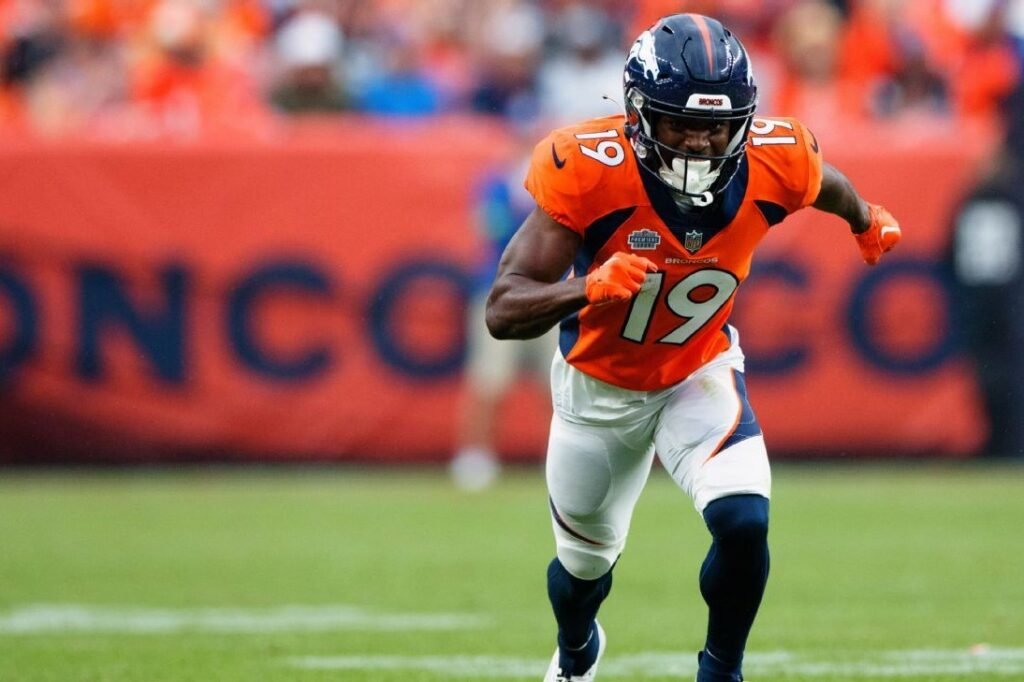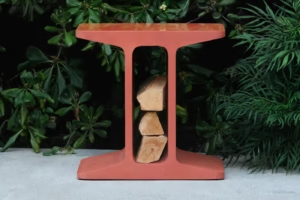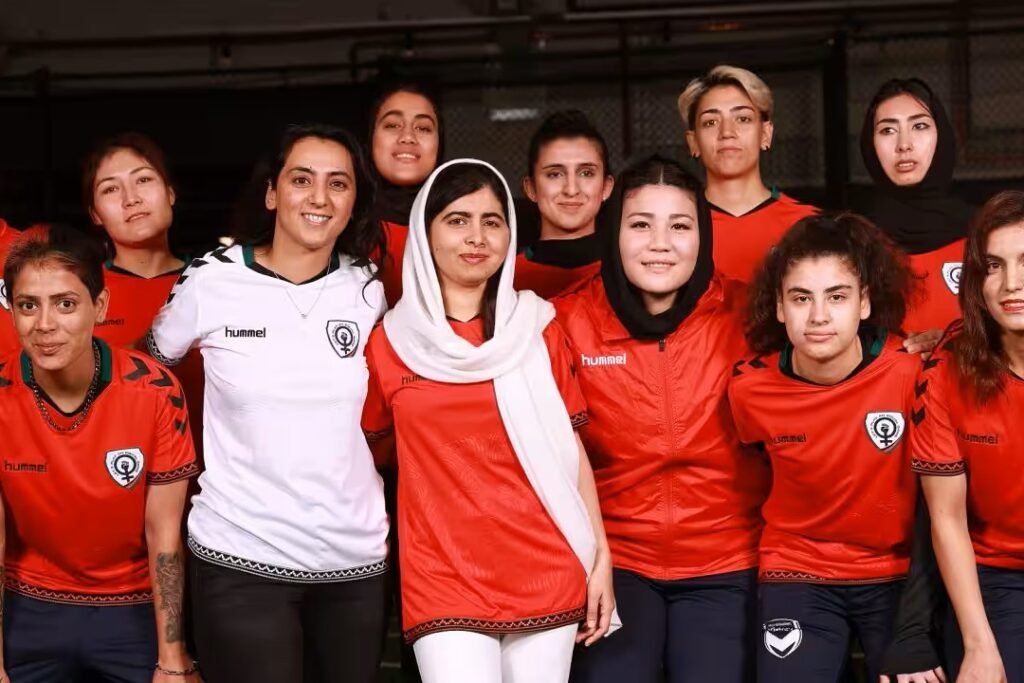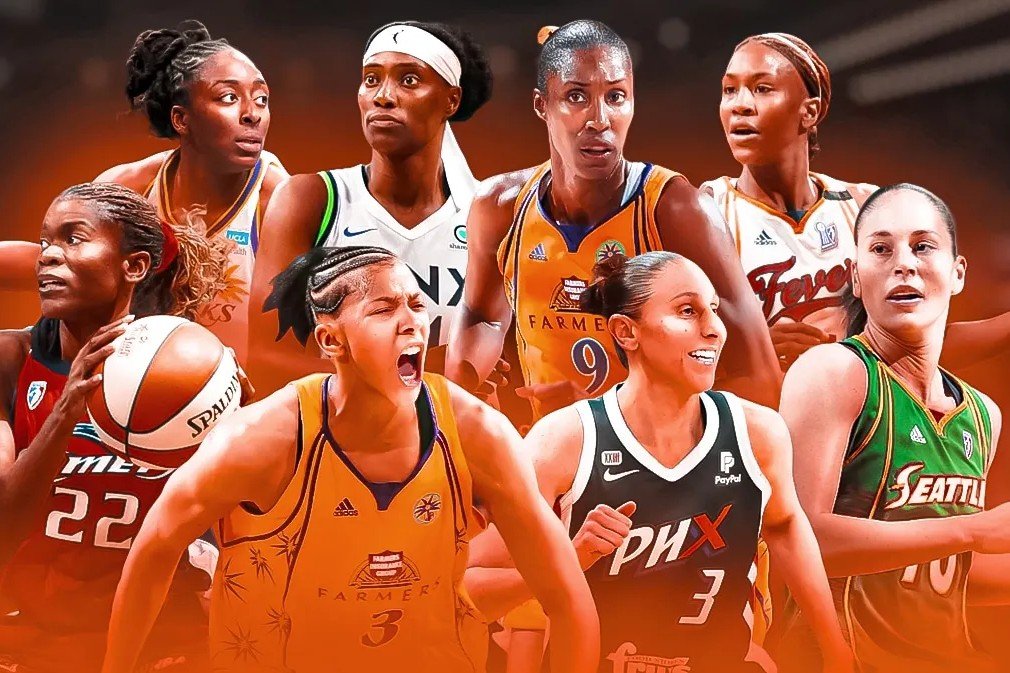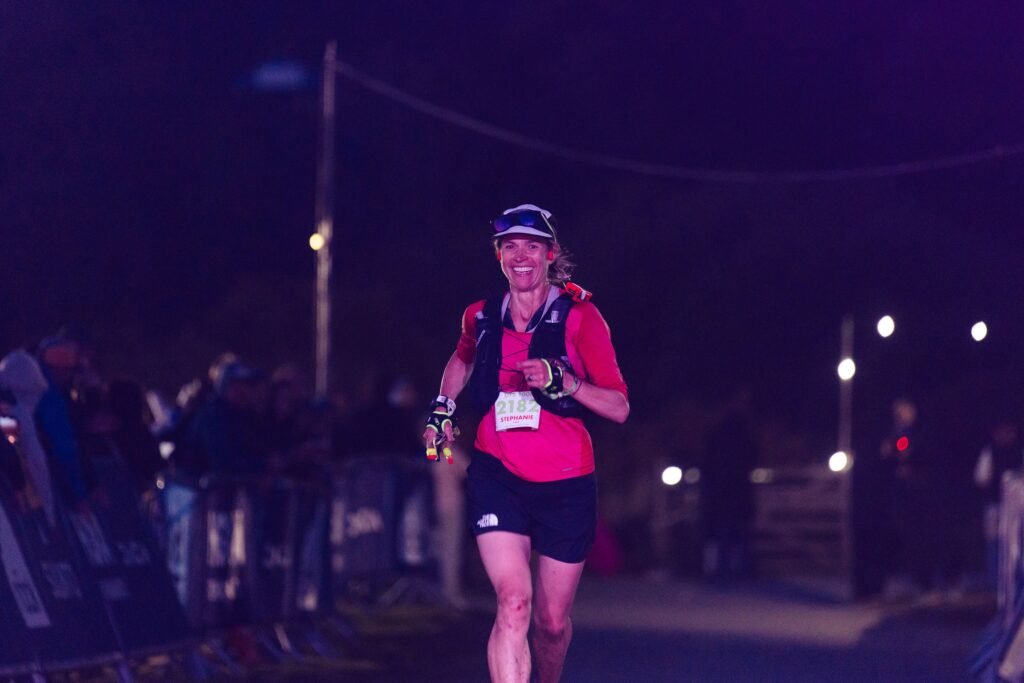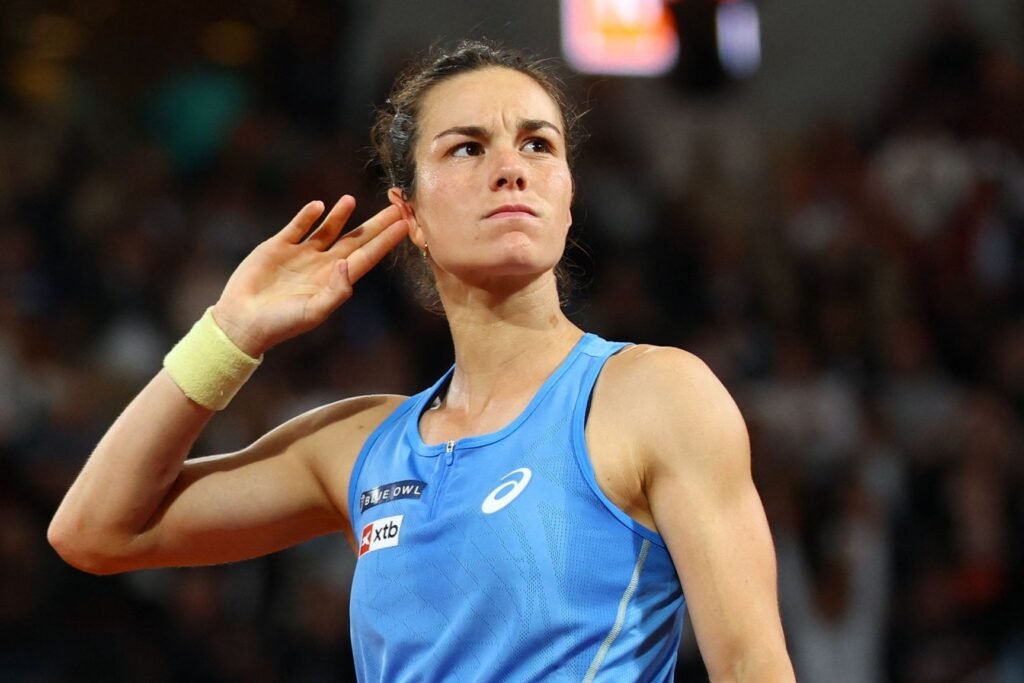Boxing’s old-school, hyper-masculine image is cracking—and women are leading the charge. What was once a fringe novelty is now front and center, with fighters like Lauren Price, Natasha Jonas, Amanda Serrano, and Katie Taylor headlining historic events, packing out arenas, and drawing millions of viewers.
Take the night before International Women’s Day 2025: Price and Jonas clashed under the iconic dome of Royal Albert Hall, marking Britain’s second-ever all-female boxing card. Price walked away with the belts, but both athletes walked into history. According to promoter Ben Shalom, the gender split in ticket sales was nearly even—something unthinkable a few years ago.
The shift isn’t just aesthetic; it’s cultural. More families, more women, and a more diverse audience are showing up. “Boxing has long been seen as this murky, masculine world,” says Shalom, “but nothing has changed perceptions more than women’s boxing.”
From Risky Bet to Cultural Reset
Just two and a half years ago, Shalom took a gamble with the UK’s first all-female card: Savannah Marshall vs Claressa Shields. Pundits doubted it would sell without a heavyweight men’s undercard. It became Sky’s most-watched women’s sporting event, drawing over 2 million viewers.
That wasn’t just a fluke. It marked the beginning of a serious pivot in the sport, where female fighters—unlike many of their male counterparts—take on true 50-50 fights. “We have to,” says Mikaela Mayer. “We don’t have the luxury of waiting for a big payday. We’ve had to prove we belong.”
Even younger fighters are pushing the sport forward. Caroline Dubois and 20-year-old Fran Hennessy are part of a new wave of pros turning heads early in their careers. “Any boxing club in the UK now? You’ll find girls and women training at every level,” says Dubois. A major contrast from when she had to pose as a boy named “Colin” just to step into a ring.
The Road Ahead—and the Work Left to Do
There’s still work to be done. One ongoing debate is whether women should fight longer rounds like the men—two vs. three minutes is often the difference between a slick win and a dramatic stoppage. Critics point to fewer knockouts, but Shalom argues the shorter format actually leads to more action-packed fights. “It’s more intense, more digestible,” he says. “And modern female fighters are developing power to match the pace.”
Meanwhile, the sport’s growing dependence on Saudi Arabia raises flags. Despite hosting some of boxing’s biggest nights recently, the Kingdom has only allowed two women’s fights—highlighting how access and equality remain uneven on a global scale.
Still, the momentum is real. With record-breaking viewership, sold-out cards, and a generation of fearless women taking risks to push the sport forward, women’s boxing isn’t just catching up—it’s changing the entire game.


